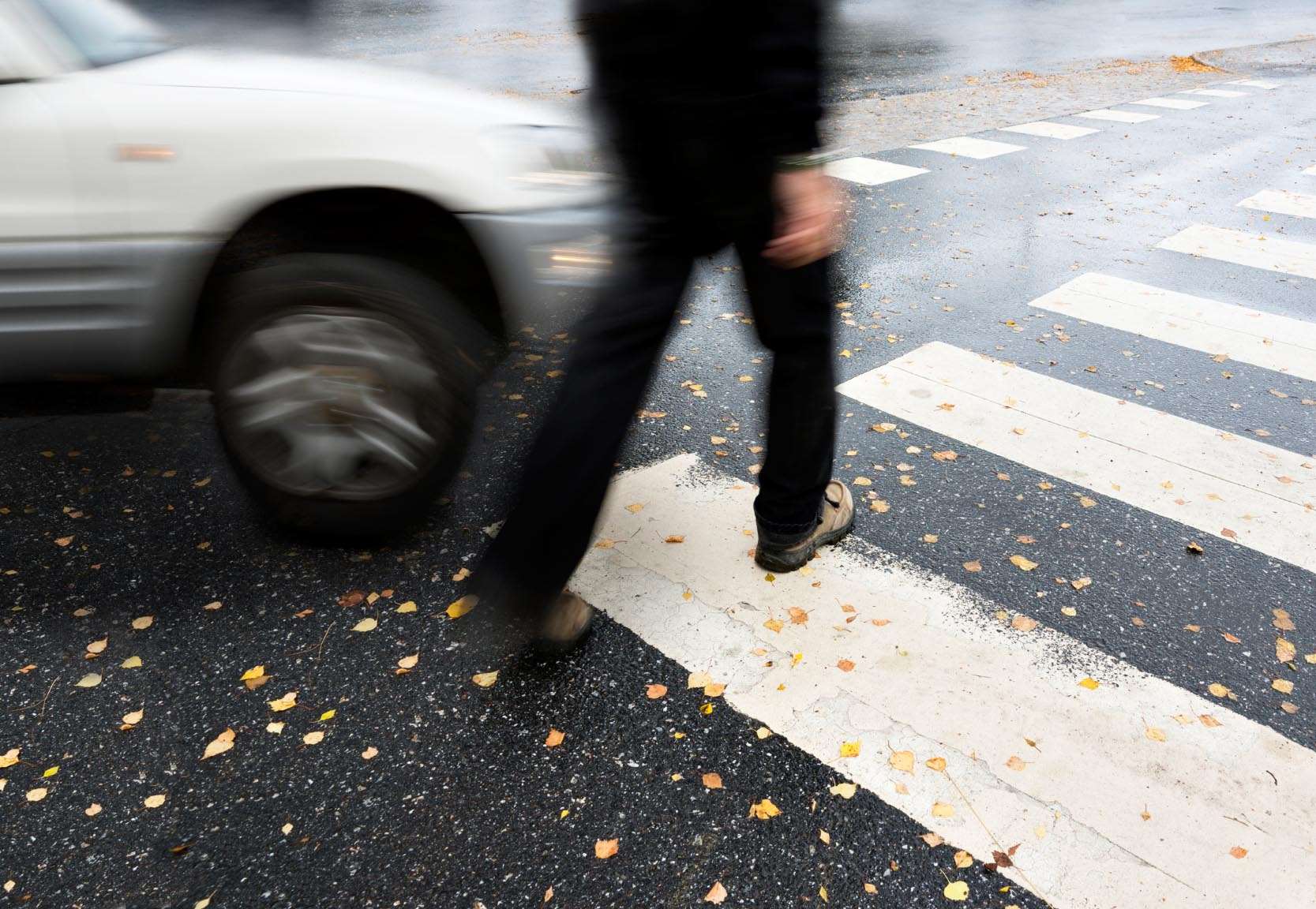City officials in New York have come up with a novel way to prevent pedestrian fatalities at crossings – ask Google to stop suggesting drivers make left-hand turns.
The Atlantic’s Citylab subsidiary reports New York City Council policy deputy Brad Lander and transportation committee chair Ydanis Rodriguez wrote to Google on July 1 seeking a “reduce left turns” option in the web giant's Maps application.
The councillors cited research showing 17 pedestrians and three cyclists were killed by left-turning vehicles in New York City last year, making it the worst place in the US for such fatalities.
“It doesn’t take any cement or new infrastructure, it doesn’t take physical changes, it doesn’t even take a new law, just a real simple idea to use technology to give people an option that can save lives,” Lander separately told CBS New York.
The City officials still haven’t heard from Google on their proposal.
But it is worth considering whether a relatively simple change to route suggestion in car navigation and online maps could make a difference to pedestrian safety.
In Australia, this could take the form of a route option discouraging right-hand turns across intersections, pointing drivers to instead execute a series of lefts.
Car industry consultant and former innovation director at Holden, Laurie Sparke, told Information Age he has “long promoted the safety strategy of turning left to avoid being exposed to the high risk associated with turning right”.
“Turning left also reduces the risk to pedestrians as the vehicle has slowed to navigate the turn, whereas turning right often requires the driver to accelerate through a traffic gap, arriving at the pedestrian crossing at higher speed,” Sparke said.
“The driver is paying attention to oncoming traffic and at risk of not seeing pedestrians further away.”
Sparke suggested that map and GPS systems could be even more prescriptive to prevent further types of accidents.
“The idea of a ‘safe route’ option for navigation is a good idea, and could provide a reduced risk for not only pedestrians but older or inexperienced drivers,” he said.
“Additional risk measures could be incorporated, such as avoiding shopping strips, or truck routes, freeways and poorly lit roads at night.”
Information Age also unsuccessfully sought comment from academics affiliated with Australian road safety research bodies, including Transport and Road Safety (TARS) at UNSW; the Curtin Monash Accident Research Centre; and the Centre for Accident Research and Road Safety (CARRS-Q) at Queensland University of Technology.
Research by the federal Bureau of Infrastructure, Transport and Regional Economics (BITRE) suggests around 270,000 pedestrians are killed every year.
In Australia, 152 died in 2014 though those numbers have been in decline over time.










